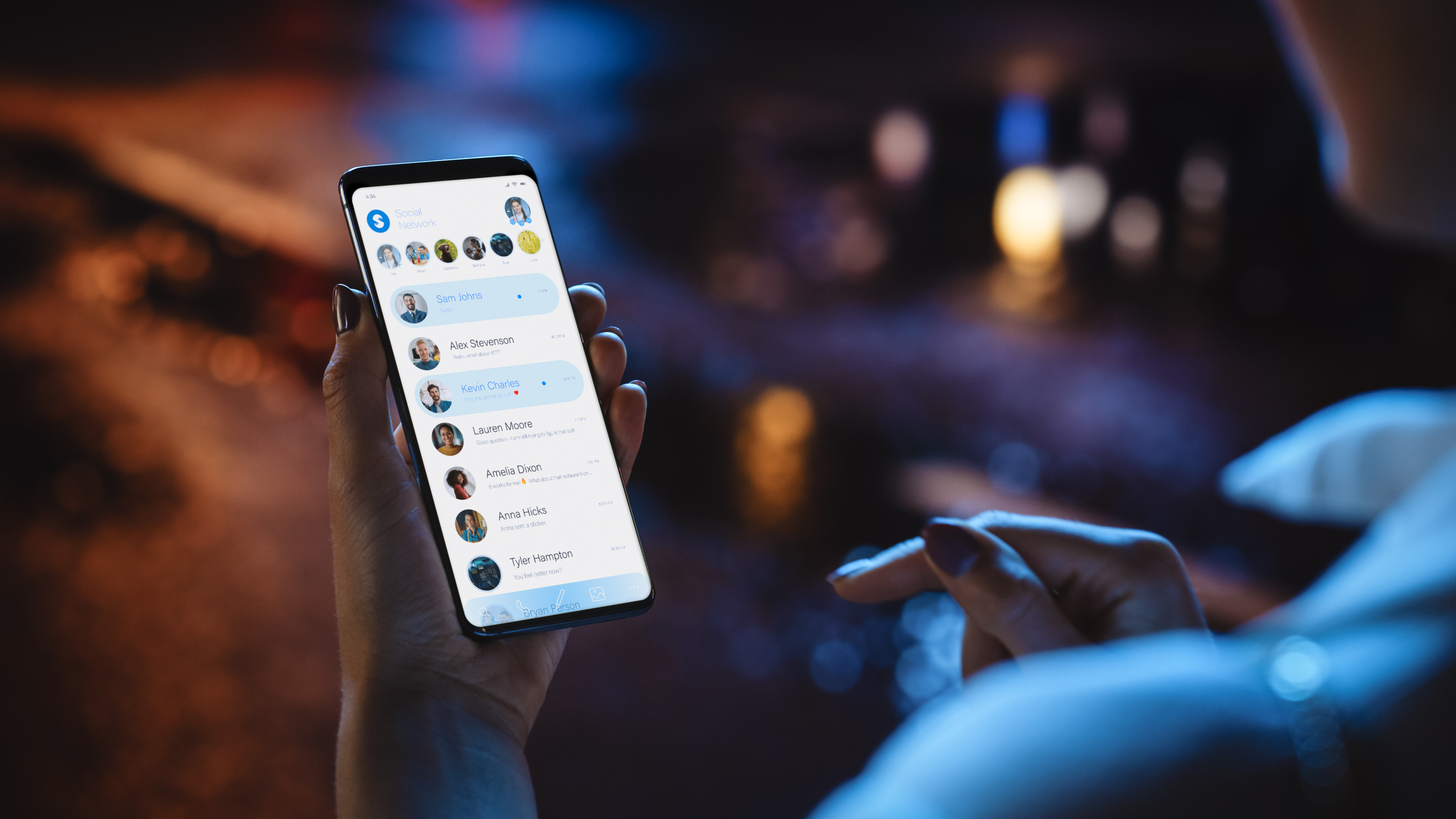So, you’ve decided to tackle a new language. Maybe it’s for travel, work, or just to challenge yourself and learn something new. Whatever your reason, learning a language doesn’t have to cost a lot. Here’s how to get started:
1. Ditch the expensive apps and go free
- Duolingo: The ultimate freebie! Duolingo turns language learning into a game with bite-sized lessons that’ll have you saying, ‘Hola’ or ‘Bonjour’ in no time.
- Memrise: A fun way to build your vocabulary with flashcards and videos.
- Anki: This free app lets you create customizable flashcards for memorizing words and phrases.
- BBC Languages: This one’s kind of under the radar, but it’s great—it has free resources for learning everything from French to Urdu.
2. Raid your library
Libraries are a tremendous resource for language learners. Many offer:
- Books: Grab a grammar guide or a simple phrase book.
- Audiobooks: Practice your listening skills while you’re driving, walking, or doing chores.
- Online resources: Many libraries will give you free access to Rosetta Stone, Mango Languages, or other paid platforms.
3. Immerse yourself… without a plane ticket
- YouTube: Channels like Easy Languages or SpanishPod101 teach conversational language in a natural way.
- Podcasts: Listen to language learning podcasts like Coffee Break or Pimsleur for free practice.
- Movies and TV Shows: Watch shows in your target language with subtitles. Netflix and YouTube have plenty of options—and it’s legit studying if you’re watching for education!
4. Use your smartphone
Your phone can be a pocket tutor (who knew?):
- Change your phone’s language settings to your target language.
- Use language-focused apps like Tandem or HelloTalk to chat with native speakers for free.
- Play language-learning games like Drops to make your vocab practice fun.
5. Find a language buddy
- Language exchanges: Platforms like iTalki, ConversationExchange, or Meetup let you trade languages with someone who wants to learn yours.
- Local meetups: Join free or low-cost language meetups in your area for face-to-face practice.
6. DIY flashcards
Make your own flashcards—it’s simple and cheap:
- Use index cards or scrap paper.
- Write the word in your target language on one side and the translation on the other. (But you probably already know how flashcards work.)
- Bonus: The process of making the cards actually helps you remember
7. Social media for language learners
Follow language teachers and influencers on Instagram, TikTok, or X. They often post free tips, mini-lessons, and funny (but relatable) memes about the struggles of learning a language.
8. Cook your way to fluency
Find recipes in your target language and cook up something delicious. Following step-by-step instructions is a surprisingly effective way to learn food-related vocabulary. (And what could be more important, or fun, than knowing how to order meals when you visit a foreign country?)
9. Write and speak daily
- Keep a journal: Write a few sentences a day in your new language. Start with simple sentences and work your way up.
- Talk to yourself: It might feel silly, but narrating your day or describing things around you is great practice.
10. Don’t Be Afraid of Mistakes
Learning a language means embarrassing yourself occasionally—and that’s okay! Laugh it off and keep going. Every misstep gets you closer to fluency.
Brigit is not affiliated or partnered with any brands or companies mentioned in this article.


